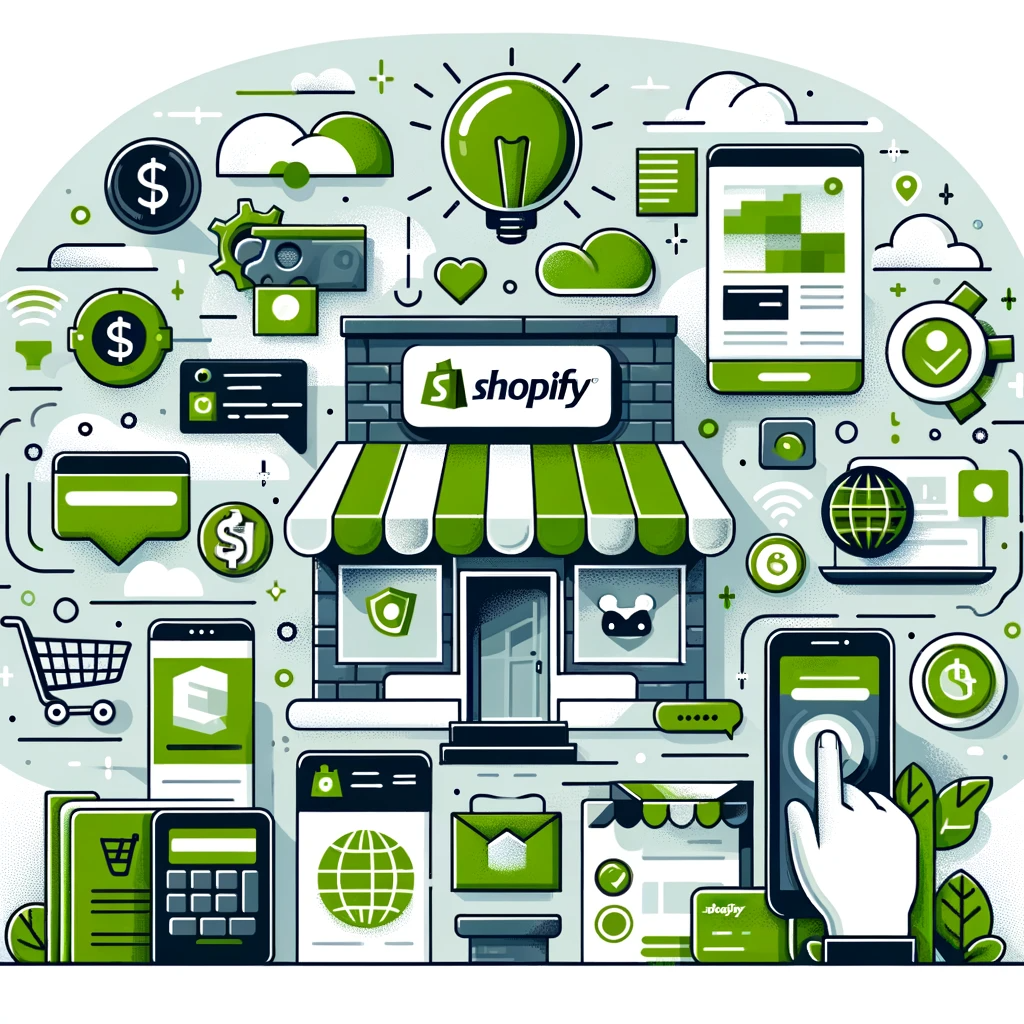The Best SaaS Websites of 2023-2024
A brief overview of the best SaaS websites for 2023, compiled by WANDR, a leading product strategy and UX design firm in Los Angeles and San Francisco.
In the ever-evolving world of Software-as-a-Service (SaaS), website design has become a critical factor in the success of SaaS businesses.
Increasing Demand of Saas business.
- As organizations increasingly rely on SaaS solutions to meet their needs, the industry’s demand for quality website design has skyrocketed. This article explores the importance of meeting the increased demand for world-class website design in the SaaS industry. It looks at the crucial role of an effective landing page that conveys a clear message and encourages visitors to take action.
- The SaaS industry has seen remarkable growth in recent years, with many innovative companies vying for attention. In this highly competitive landscape, where customers have many options to choose from, a well-designed website sets a SaaS company apart from the competition. With an aesthetically pleasing and user-friendly design, a SaaS website can captivate visitors, communicate the value of the product or service, and ultimately convert them into loyal customers.
- At the heart of a successful SaaS website is an effective landing page. This crucial element
In summary
the demand for quality website design in the SaaS industry has increased sharply as companies strive to stand out from the competition and gain customers in a competitive market. An effective landing page with a clear message and a compelling call to action is vital to capturing visitors’ attention and converting them into loyal users. In the following sections, we’ll look at the key elements that make a SaaS site great, including
- What is a SaaS website?
- What should a SaaS website have?
- The 10 best SaaS sites for 2023
- What is the best platform for building a SaaS website?
- Final considerations
A SaaS website serves as a digital shop window for a Software-as-a-Service company. It is an online platform where visitors can learn about the SaaS product or service, learn about its features and benefits, and ultimately decide to become a member.
At its core, a SaaS website is more than just an information hub. It is a portal that guides potential customers on their path to purchase. A SaaS website should captivate visitors and build trust in the product or service offered through compelling imagery, persuasive messaging and intuitive navigation. It provides a comprehensive overview of how the SaaS solution can solve the specific problems and requirements of the target group.
How Saas help to engage Customers
It also serves as a channel for engagement and interaction with the customer. It icludes support different channels for communication as well . These elements allow visitors to ask questions, request help or learn more about the SaaS offering. A SaaS website promotes a positive user experience and builds trust.
Website Have?
A well-designed SaaS website includes a number of key elements that effectively communicate the value proposition, engage visitors and drive conversions. These elements work together to create an engaging and user-friendly experience. Let’s take a closer look at the key elements that a SaaS site should have:
1. A clear value proposition
A SaaS website must clearly express the unique value proposition of the product or service being offered. It should communicate how it solves the customer’s problem, addresses pain points or meets specific needs. A concise and compelling value proposition helps visitors quickly understand the advantages of the SaaS solution over alternatives.
2. Attractive design
Visual appeal plays an important role in attracting and retaining the attention of visitors. A well-designed SaaS website should have an aesthetically pleasing and professional appearance that is consistent with the brand identity. Clean layouts, visually appealing graphics and thoughtful use of colors and typography create a positive impression and improve the overall user experience.
3. overview of key features
Highlighting the key features of the SaaS product or service is vital to help potential customers understand the suitability
4. Intuitive navigation
A user-friendly and intuitive navigation structure is essential for visitors to be able to browse the SaaS site seamlessly. The organization of menus should be logical, allowing users to quickly find the information they need. Including visible search functions and clear paths to relevant pages ensures a positive user experience and reduces frustration.
5. Support resources and documentation
Providing easy access to customer support channels, such as live chat, email, or a support ticketing system, improves the overall user experience. Additionally, comprehensive documentation resources, FAQs, and video tutorials can empower visitors to find answers to their questions on their own. Ensuring these resources are easily accessible and regularly updated helps users troubleshoot issues and better understand the SaaS solution.
6. Responsive and mobile-friendly design
With the increasing use of mobile devices, a SaaS site needs to be responsive and optimized for mobile browsing. It must adapt seamlessly to different screen sizes, providing a consistent and user-friendly experience across all devices.
Adaptabilityb and Retaionshion visitors
This adaptability is essential to attract and retain visitor attention
Building trust is essential for potential customers to feel confident when choosing a SaaS solution. Incorporating trust indicators such as security badges, customer logos or certifications can reassure visitors of the reliability and trustworthiness of a SaaS product or service. Testimonials, industry recognition or awards can also serve as trust-building elements.
By incorporating these key elements into a SaaS website, businesses can create an informative, engaging and conversion-oriented online presence. Striking the right balance between compelling design, informative content, easy-to-use features, and elements that build trust sets the stage for a positive user experience. It also facilitates the visitor-to-customer journey, which ultimately leads to conversions and strengthens long-term customer relationships.
Here are Top Saas Companies Names
- HubSpot
- Monday
- Survey Monkey
- Microsoft
- Asana
- Wix
- Shopify
- Adobe
- MailChimp
- Slack
- Snowflake
- Google Cloud Platform
- Okta
- Dropbox
- ProofHub
Monday: “Flexible work operating system for teams to create custom workflows.”
Survey Monkey: “Intuitive tool for creating surveys, collecting data, and analyzing results.”
Microsoft: “Diverse tech giant offering software, cloud services, and hardware.”
Asana: “Project management tool for team organization and task tracking.”
Wix: “User-friendly platform for creating professional, customizable websites.”
Shopify: “E-commerce platform for online store creation and management.”
Adobe: “Leader in creative and multimedia software for professionals.”
MailChimp: “Email marketing platform for customer outreach and campaign automation.”
Slack: “Collaboration hub for team communication and project management.”
Snowflake: “Cloud data platform for data warehousing, analytics, and sharing.”
Google Cloud Platform: “Suite of cloud computing services for storage, AI, and more.”
Okta: “Identity management service for secure user authentication.”
Dropbox: “Cloud storage solution for file sharing and collaboration.”
ProofHub: “All-in-one project planning and collaboration tool.”
Search
Latest Posts
Top 10 Ways 5G Technology Will Transform Everyday Life
Future-Proof Your Workflow: Best SaaS Collaboration Tools 2025
Top Secret Trick to Unblock Any Website or App in 2025
Social Profiles






